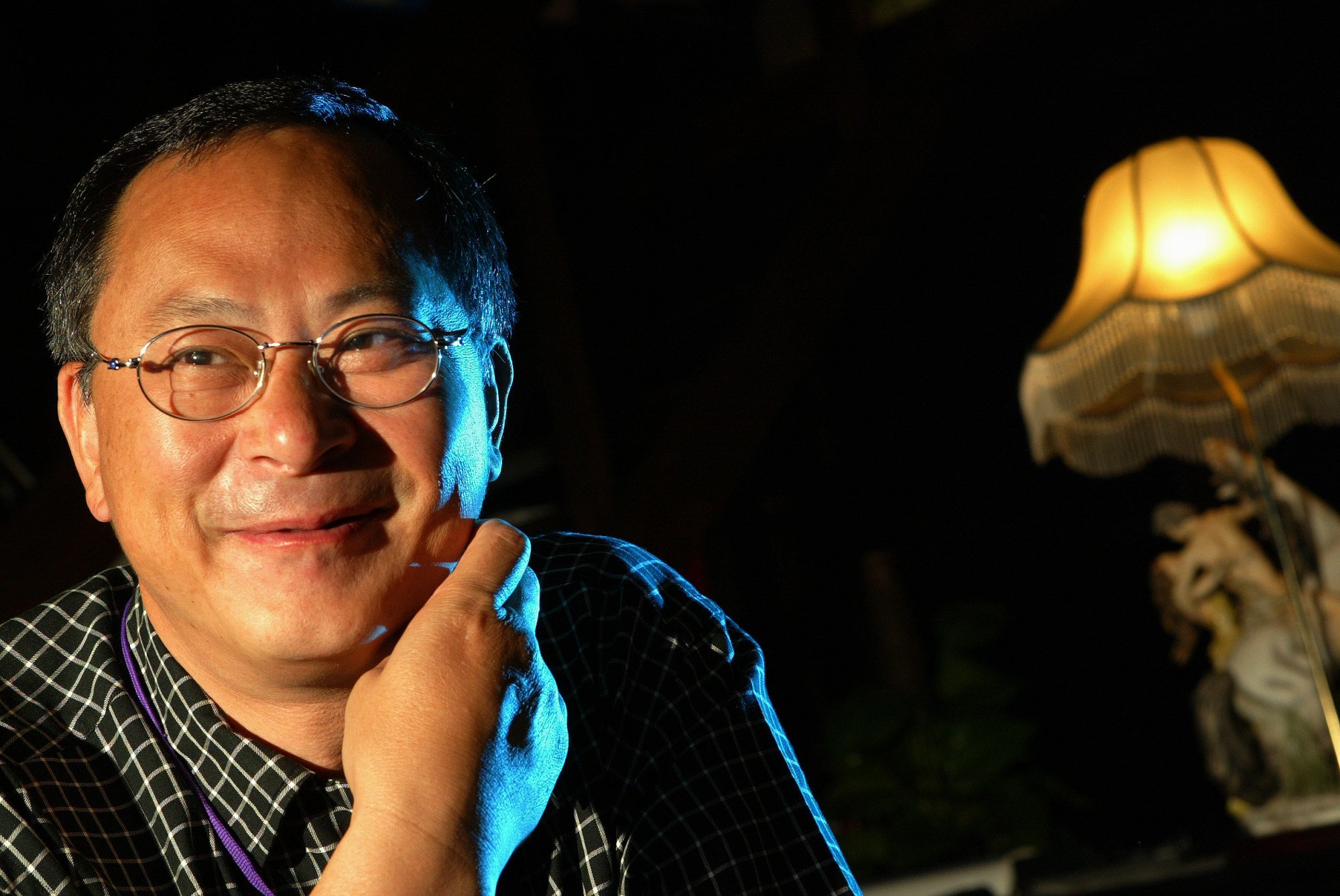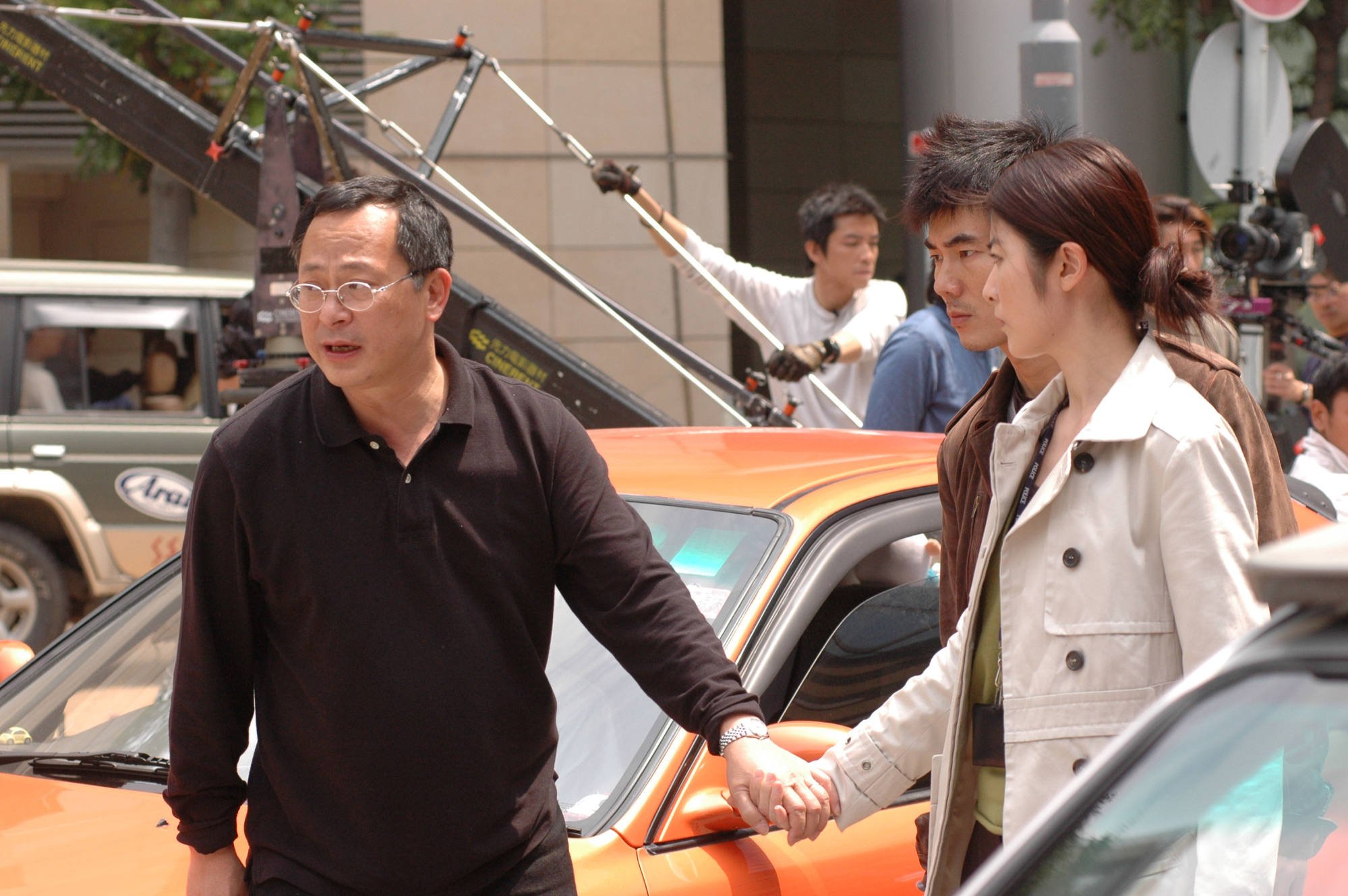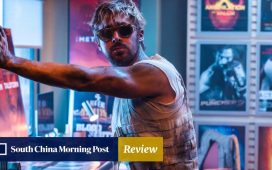Johnnie To Kei-fung had already made a name for himself with a string of commercial hit films before reinventing himself as an action-movie auteur in the late 1990s. The 2000s saw him continue to hone his unique style.
Below we discuss two of To’s game-changing crime films from that decade.
PTU (2003)
PTU – which stands for Police Tactical Unit – marked a turning point in To’s body of work. The director and producer made a number of idiosyncratic, often eccentric, action films in the 1990s, such as A Hero Never Dies and Where a Good Man Goes.
Those films were good looking, and made on reasonable budgets, but they had an independent, off-the-cuff feel.
PTU was something different entirely. It was slick and elegant, with a watertight script by To regular Yau Nai-hoi, glorious wide-angle cinematography courtesy of Cheng Siu-keung, precision editing and an eerie score that melded strange hisses and white noise with an atmospheric guitar-rock soundtrack.
3 Jet Li action movies fusing guns and kung fu – before he went to Hollywood
3 Jet Li action movies fusing guns and kung fu – before he went to Hollywood
Production values were as high as for an American film, and To’s cool hand behind the cameras evinced a total mastery of all the elements of filmmaking.
The story is lean, and relies on mise en scėne rather than dialogue, which is sparse in the European manner – To had been spending a lot of time at European film festivals, and the continent’s filmmaking style seemed to have rubbed off on him.
Venerable supporting actor Lam Suet takes a rare starring role as Lo, a plain-clothes police officer whose chances of promotion are threatened when he loses his gun after being jumped by a group of young triads.

Rather than report the loss, he enlists the help of uniformed sergeant Mike (Simon Yam Tat-wah) and his squad to find the gun. The action all takes place in one long night. Lo consorts with triad bosses in his attempt to find the weapon, while Mike uses his muscle on various young thugs to try to beat its whereabouts out of them.
The denouement is a masterfully staged mass shoot-out – shown entirely in slow motion – between the police, two ageing triad bosses, a rival team of CID officers, and four random thieves who just happen to turn up at the scene by coincidence.
“I wanted to film a movie about uniformed police officers,” To told film critic Tim Youngs in 2003. “Hong Kong already has a lot of plain-clothes CID movies, but stories about cops in uniform are rare.”

The film took two years to make, as the story got out of control while shooting – To says he kept on thinking of new elements to add to the story.
“I wanted to use the Police Tactical Unit to tell the whole story, but when I started to shoot I found more and more things that I wanted to add,” he said.
To finally managed to pin the story down while he was in hospital recovering from a serious bout of pneumonia, he told the Post.
The director had a reputation for shooting his crime films at night, often because he did not have a permit for the locations used. But PTU’s beautifully lit nighttime locations – most of the action takes place in Tsim Sha Tsui, Kowloon, around Canton Road – were an aesthetic choice.
The 2 sides of Hong Kong director Johnnie To shown in 2 great movies
The 2 sides of Hong Kong director Johnnie To shown in 2 great movies
“The story all happens at night,” To said. “That is better for lighting because in the daytime it’s difficult to control it. I tried my best to make the things I wanted people to see in the movie appear clearly.”
“I want to concentrate on those things, and use the dark parts of the screen to black out the things I didn’t want to show,” he added.
Breaking News (2004)
Breaking News is a typical To police procedural on the surface, but it has many unique touches – and follows the lead of PTU with its very glossy production values.
“To is in top form directing a saga that relates the game of cat-and-mouse engaged in by cops and criminals to an equally potent battle for control of the media,” wrote critic Paul Fonoroff in the Post.
Although To said he was aiming to make a commercial film that would do well in China – it was co-produced with the China Film Group Corporation, the state-run body that was then responsible for all Chinese co-productions – it was more directly political than usual.
The movie not only noted the similarities between police and criminals, a typical To theme, but also looked at how the police could distort and manipulate the press and television news to depict themselves in a good light.

Its opening shoot-out, a seven-minute unbroken take filmed with a camera placed on a crane, is a visual tour de force.
“Breaking News starts off with a sequence that is To’s most audacious film experiment yet – a single long take across a narrow street with multiple set-ups, the kind of virtuoso opening action sequence that hasn’t really been seen since Orson Welles’ Touch of Evil in 1958,” notes Stephen Teo in his monograph Director in Action: Johnnie To and the Hong Kong Action Film.

Teo pointed out that the scene is actually more complex than Welles’ sequence as it involves a massive amount of action choreography, and also one-to-one conversations.
To said he shot the unbroken take as a challenge to himself – he wanted to see if he could pull it off. He also used the shot to get the film’s two male leads, the criminal played by Richie Jen Hsien-chi and the police officer by Nick Cheung Ka-fai, in the mood for gunfighting.
Although it was just a movie scene, it felt very real, and helped them pin down their roles, To said.
How Johnnie To’s Election films gave Hong Kong triads a more refined edge
How Johnnie To’s Election films gave Hong Kong triads a more refined edge
The story begins when a uniformed police officer is putting his hands up to surrender to the robbers in the opening shoot-out. The surrender is broadcast on television, and sparks a public outcry about the weakness of the police force.
When the gang hide out in a housing block, inspector Rebecca Fong (Chen) decides to turn the siege that ensues into a media spectacle to reaffirm the strength of the police. What could possibly go wrong?
To’s film ends up supporting press freedoms, which were seen as inviolable back in 2004. Although the police in the film try to manipulate the media with edited footage of the crime and deceptive speeches, they never dare to interfere with the media’s right to do its job.

“The problem is that many Hong Kong police films, and the people shooting them, are still living in the 1970s,” To told the Post’s Mathew Scott. “They’re still making films from the era. They’re still making The French Connection. That’s why I’m trying to do things differently.”
In this regular feature series on the best of Hong Kong cinema, we examine the legacy of classic films, re-evaluate the careers of its greatest stars, and revisit some of the lesser-known aspects of the beloved industry.













